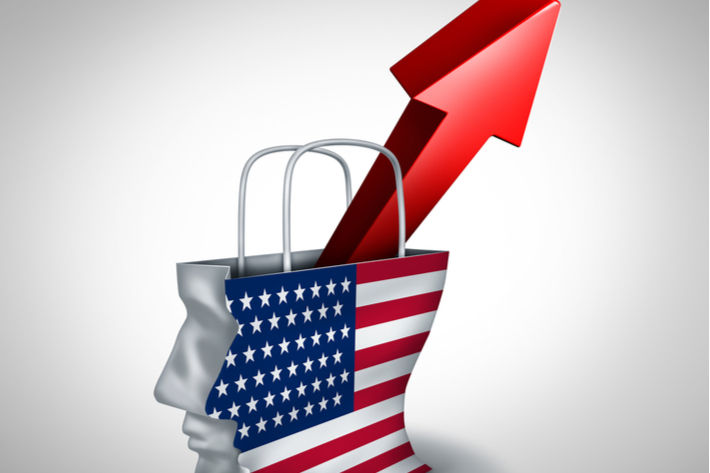
“The Fed’s tightening has kicked off a new cycle of adjustment and the outlook for interest rates has consequences for consumers and businesses alike,” Kleinhenz said. “There is a growing list of uncertainties, and the risks are mounting. But underlying strength and momentum from both the consumer and business sectors are likely to offset a modest slowdown and should leave the economy bustling forward this year.”
The 4 per cent year-over-year increase in retail sales in March showed consumers have the willingness and ability to spend as a result of job growth, wage gains and wealth accumulated during the pandemic as well as low financial obligations relative to income, he added.
Kleinhenz’s remarks came in the May issue of NRF’s Monthly Economic Review, which said inflation, though still strong, should slow in 2022, partly because year-over-year comparisons will be against already-elevated levels of spending in 2021. In addition, fiscal and monetary policies from the Fed and other agencies that have combined with ongoing pandemic-induced supply issues to drive inflation are coming to an end.
The ‘first whiff’ of current inflation came in April 2021, when the Bureau of Economic Analysis’ Personal Consumption Expenditures Index – the Fed’s preferred measure of consumer inflation – jumped 3.6 per cent over the year before, the report said. That was double the rate at the beginning of 2021 and the highest in 13 years. PCE inflation stood at 6.6 per cent this March, the highest in decades, and the Fed now expects it to end 2022 at 4.3 per cent even as this year’s numbers ‘lap’ last year’s growth.
NRF annual forecast predicts that retail sales for 2022 will increase between 6 per cent and 8 per cent to between $4.86 trillion and $4.95 trillion.
ALCHEMPro News Desk (KD)
Receive daily prices and market insights straight to your inbox. Subscribe to AlchemPro Weekly!